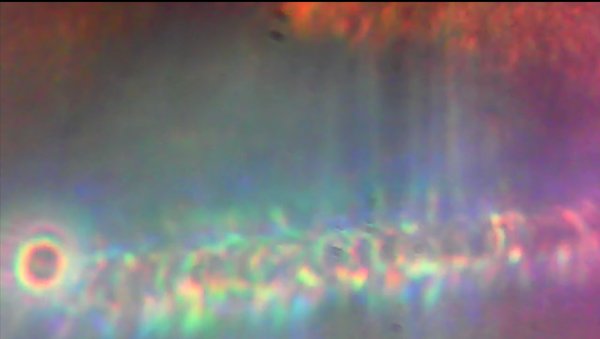Do it yourself bio-robotics: Difference between revisions
No edit summary |
No edit summary |
||
| Line 1: | Line 1: | ||
A reversible modification for a webcam which lets you take pictures of things far less than 1mm wide. | |||
To make a microscope webcam you need the following: | |||
* Standard webcam with an adjustable focus-lenss | |||
* Computer | |||
'''Step 1''' | |||
unscrew the lens of the webcam | |||
'''Step 2''' | |||
put the lens backwards on the webcam | |||
'''step 3''' | |||
to focus, just move the webcam towards or away from the object | |||
===Movie bio-robotics=== | ===Movie bio-robotics=== | ||
Revision as of 23:16, 14 December 2015
A reversible modification for a webcam which lets you take pictures of things far less than 1mm wide.
To make a microscope webcam you need the following:
- Standard webcam with an adjustable focus-lenss
- Computer
Step 1
unscrew the lens of the webcam
Step 2
put the lens backwards on the webcam
step 3
to focus, just move the webcam towards or away from the object
Movie bio-robotics
Video created with a DIY microscope by Jona Andersen, Juriaan Boerman and Mark-Jan Tellingen during the workshop 'Bio-Robotics of Arjan Scherpenisse.
Recognizing a plant in a pinch
When asked to assist how to quickly recognize a plant with a webcam I remembered an Apple WWDC presentation called "Find my iCone" an app that tracked an orange construction pylon using it's color.
I already had some web/Javascript code to do some chromakey (greenscreen) swapping, so I just re-purposed it. However, tracking the correct color of say "purple flowers" needed to be a little less fined grained then #ef0114 (for example, I have no idea what "color" that is by looking at it's hex values), so I grabbed a JS library to print colors as words.
Here's the code:
<!DOCTYPE html>
<h1>I don't see anything.
